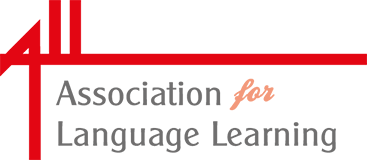There are around 7,000 human languages that we know of worldwide, and while they’re all unique, they’re also more similar than you might have realized – particularly when it comes to the grammar, or the way that sentences can be formed and used.
That might be because of certain genetic tendencies, scientists have theorized, or perhaps it’s down to the cognitive capacities that all human beings share, like the passage of time that enables us to develop past and future tenses.
A new study proposes a different reason behind this shared grammar: the way that we talk about language itself.
“We propose that in the evolution of language, talking about language was a way of forming some of the first complex language structures and that from these structures new types of grammar could develop,” says linguist Stef Spronck, from the University of Helsinki in Finland.
In many languages, reported (or indirect) speech – so sentences indirectly communicating what someone has said, rather than someone actually saying it – can give rise to new meanings that fit with certain grammatical categories.
For instance, “He said, ‘I will go'” can also mean “he might go” or “he is about to go” in certain languages. Those additional interpretations aren’t exactly reported speech, but they’re derived from it.
This extension of meaning, found in certain languages where reported speech is used, can be matched with grammatical constructions like aspect (how something extends over time), modality (discussing possible situations), and topic (what is being talked about), the researchers contend.
This article was first published on www.sciencealert.com. To read this story in full click here.
